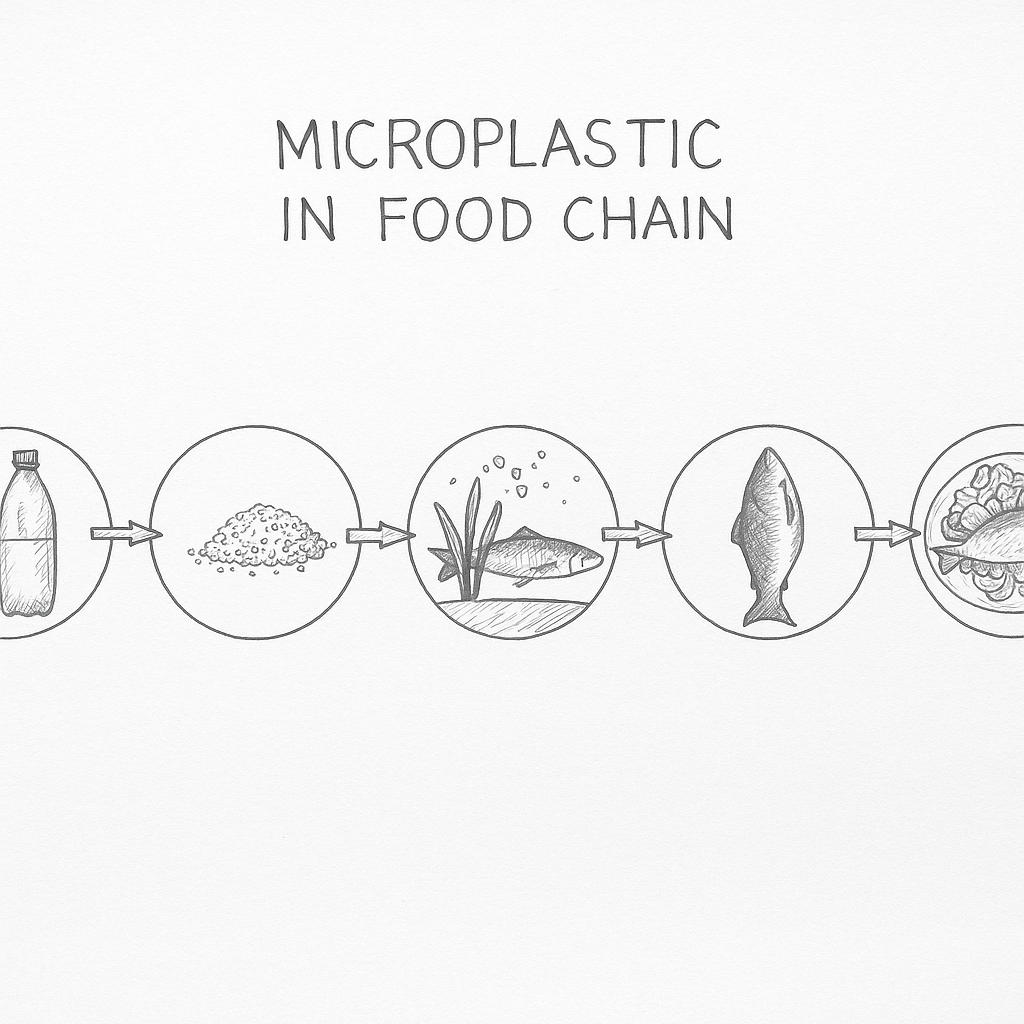Water
There have been some water quality problems in our area. The water tastes too much like chlorine and sometimes in has a smell to it.
I think there needs to better a process and I also think they need to test the water all the time.
I think the government should care about our water. It is so hard to drink the water sometimes. But at least it is not as bad as what others have to deal with.
Barry's Response - I'm sure you can find someone worse off than you in this regard, unless you live in Africa, China or India.
It's pretty easy to disinfect water with chlorine. Water-borne diseases are effectively prevented.
So what's the problem? For one thing, it causes chemical reactions in the water. Among the chemicals that result are haloacetic acids and trihalomethanes, which may cause cancer. In this case, we take the lesser of two evils. A slight chance of these health effects or a higher chance of serious acute illness.
We know chlorine does introduce a slight odour and taste that many find offensive. The chlorine disappears from water pretty quickly when it's exposed to air, so even though it's a simple way to make water more palatable (leaving it exposed for a while after you get it from the tap), it might not be as effective as it should be.
Search this site for more information now.
A Troubled Mirror, Water 🌊
Water research demands an immediate philosophical and scientific response, acknowledging that it's the Troubled Mirror of our Civilization. We can see our infrastructure, our industrial history, and even our atmosphere through it. The current debate beautifully illustrates the ethical dilemma of water treatment: to avoid immediate death from pathogens, we accept a long-term risk from carcinogenic byproducts. The integrity of honest public discourse is required in this lesser of two evils scenario.The problem with chlorine's taste and smell isn't just chlorine; it's the air quality in the industrial zone. Volatile Organic Compounds (VOCs) from industry contaminate surface water sources (via wet deposition from the atmosphere), increasing the demand for disinfectants. VOCs mean more chlorine needed, which means more trihalomethanes (chemicals that form when the chlorine used to clean drinking water reacts with tiny bits of natural stuff.) Cleaner skies mean tastier water. Your water tastes like your air quality policy. We like keep both clean.
Ethical dilemmas in meteorology
Adding more chlorine doesn't solve everything, according to theoretical meteorology. As I pointed out above, chlorine volatilizes quickly in the air. The chlorine might escape the water system too fast in areas with high atmospheric turbulence or specific thermal inversions (where cold air traps pollutants near the ground). In the last mile or so of piping, the water loses its residual disinfectant protection against bacteria, which is a failure of chemical engineering coupled with atmospheric transport. Good skeptics demand better infrastructure investment over cheap chemical fixes because of this.A non-chemical revolution is the key to palatable, safe water: UV Disinfection. UV light scrambles bacteria and viruses' DNA, killing them without leaving a toxic residue or creating carcinogens. Despite being energy-intensive (watch the costs), this technology offers true purity without the ethical trade-off currently found in tap water.
What if we made a game of this... The UV vs. Chlorine Challenge. As a city engineer, you can choose cheap chlorine (low energy, high taste risk) or expensive UV (high energy, no taste risk). Readers can exercise Freedom of thought and determine their own ethical tolerance for risk based on the resulting water quality data.
What is water? The final, perplexing voyage?
Water (as a subject) conceals a history of human struggle, from ancient cultures praising rivers as gods to modern science dissecting H2O molecules. Huh?Let's try something different. What if it's not the water, but our perception? Dissolved air in our tap water — those tiny bubbles that made a previous visitor anxious — confirms that the air quality is perpetually entangled with the aquatic world. Water isn't just liquid; it's a solution containing atmospheric gases, volatile organic compounds, and the ghost of chlorine.
Water's complexity needs to be acknowledged in full detail if we're going to revolutionize how we see it. We can use advanced oxidation processes (AOPs), which use ozone or hydrogen peroxide activated by UV light. It doesn't just kill microbes, it physically cleaves the chemical bonds of complex pollutants like pesticides and pharmaceuticals. Water is being exorcised by environmental science, like a molecular exorcism.
A fun and cohesive final step: a Global Water Census Tracker. Public can see not only where trihalomethanes are highest (often associated with industrial VOC plumes), but also microplastic density...
We use this data to see water as a dynamic, chemically saturated solution, not just a single liquid. It turns the question of to drink or not to drink into "What exactly is in my glass, and who's responsible?" by demanding total transparency and technological superiority. To save the water, we have to master the air first.
Do you have concerns about air pollution in your area??
Perhaps modelling air pollution will provide the answers to your question.
That is what I do on a full-time basis. Find out if it is necessary for your project.
Have your Say...
on the StuffintheAir facebook page
Other topics listed in these guides:
The Stuff-in-the-Air Site Map
And,
Thank you to my research and writing assistants, ChatGPT and WordTune, as well as Wombo and others for the images.
OpenAI's large-scale language generation model (and others provided by Google and Meta), helped generate this text. As soon as draft language is generated, the author reviews, edits, and revises it to their own liking and is responsible for the content.




